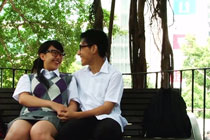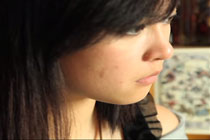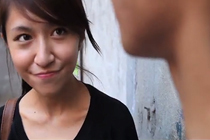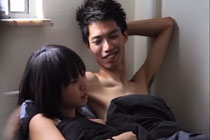At present, there is no specific offence targeting the conduct of under-the-skirt photography. Depending on the circumstances, the prosecution may consider charging the accused with one of these three offences. Below is some brief explanation of these offences.
Loitering
It is an offence contrary to Section 160 of the Crimes Ordinance (Chapter 200) to loiter in a public place or in the common parts of a building:
- with intent to commit an arrestable offence; or
- to willfully obstruct any person using the common place or the common parts of a building; or
- to cause any person in the public place or in the common parts of a building reasonably to be concerned for their own safety.
The maximum penalty for the offence is:
- for a) above 6 months’ imprisonment and a fine of $10,000;
- for b) above 6 moths’ imprisonment;
- for c) above 2 years’ imprisonment.
“Loitering” means hanging around, idling or lingering.
“Public place” includes streets, piers, gardens and places to which the public has or is permitted access.
“Common parts” of a building includes entrance halls, stairways, landings, rooftops, escalators and lifts.
Behaving in a disorderly manner in a public place
It is an offence contrary to Section 17B(2) of the Public Order Ordinance (Chapter 245) to behave in a noisy or disorderly manner in a public place with intent to provoke a breach of the peace or whereby a breach of the peace is likely to be caused.
The maximum penalty for the offence is 12 months’ imprisonment and a fine of $5,000.
There must be disorderly conduct. This is a question of fact in each case.
The conduct must be intended to provoke a breach of the peace or be likely to provoke a breach of the peace. Whether the conduct was intended to provoke a breach of the peace will be apparent from what was done, how it was done and what was said.
Whether the conduct was likely to provoke a breach of the peace will depend on all the circumstances. The question is not whether the defendant intends to provoke a breach of the peace but whether the conduct in question would so outrage right thinking members of society that they could be driven to take forcible action against the person carrying out the conduct. This will involve an examination of all the circumstances of the incident in question.
Attempting to photograph up the inside of a woman’s skirt has been held to be disorderly conduct. Conduct of that sort is likely to outrage right minded members of society and could lead to threats or violence against the photographer.
Acts Outraging Public Decency
In general, all grossly scandalous behaviour or behaviour that openly outrages indecency or is offensive and disgusting, or is injurious to public morals by tending to corrupt the mind and destroy the values of decency, morality and good order, is an offence at common law.
It must be proved that the act in question was of such obscene or disgusting character to be an outrage of public decency. Examples of such conduct include having sexual intercourse in a public area witnessed by members of the public, posting messages on the Internet to organize a “flash mob” rape, or video recording up the skirt of a female in a public place.
As the offence is a common law offence, the maximum penalty is 7 years imprisonment and a fine according to Section 101I of the Criminal Procedure Ordinance (Chapter 221).





